
Looking to ‘spice’ up your salad? Look no further than arugula (also known as rocket). This lettuce-like leafy green has a pungent, peppery, bitter, taste that adds a tangy, mustard-like bold flavor to salads. Not only can this veggie perk up your plate but it may ‘spice’ up your love life too! Ancient Egyptians and Romans considered arugula leaves an aphrodisiac. Some writers even suggest that this is the reason monasteries were forbidden to grow arugula during the Middle Ages, while others have concluded this is why this leafy green is “prudently mixed with lettuce” on a regular basis. That is, the calming or even sleep-inducing effects of lettuce can balance the ‘stimulating’ effects of rocket! Sadly, there is no science to support its effectiveness as an aphrodisiac, but whether it is or isn’t, it’s still a worthy addition to our diets.
Arugula is a fast-growing, cool-season, leafy green, member of the cruciferous vegetable family, along with kale, broccoli, Brussels sprouts, cauliflower, and cabbage.
Arugula, Eruca vesicaria, is a fast-growing, cool-season, leafy green in the same cruciferous vegetable family (Brassicaceae) as kale, broccoli, Brussels sprouts, cauliflower and cabbage. Its’ Latin name reflects the unique taste of this veggie, coming from ‘uro’ or ‘urere’ which translates to burn in English; indeed, this veggie has a ‘hotness’ to it. Most commonly known as arugula or rocket, this leafy green goes by many other names including garden rocket, eruca, ruchetta, rucola, rucoli, roquette, and white pepper. Historically arugula has been grown in countries and regions surrounding the Mediterranean Sea and can be traced back to Roman times, where it was added to salads. Today it is a commercially important salad crop cultivated across the world, especially significant because it is capable of withstanding severe drought conditions. Commonly included in mesclun mixes, in addition to the leaves, the flowers, young seed pods and mature seeds are all edible. Let’s just say this veggie is “out of this world!” (Hyuck)
Learn What Foods to *ADD* to Your Diet
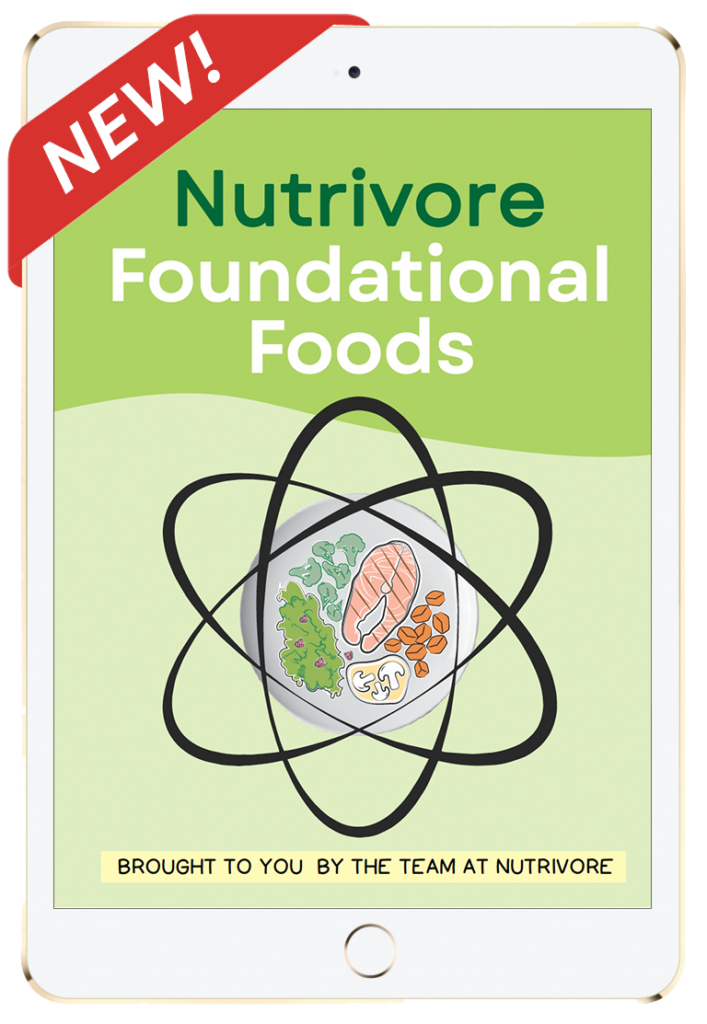
Nutrivore Foundational Foods
Learn what makes the 12 Nutrivore foundational food families nutritionally unique, their health benefits, which options are the most nutrient dense, how much of them to eat, plus various fun facts, practical pointers, and busting of common myths.
This very helpful resource will introduce you to new foods and expand your nutrition knowledge, making food choices easier!
Buy now for instant digital access.
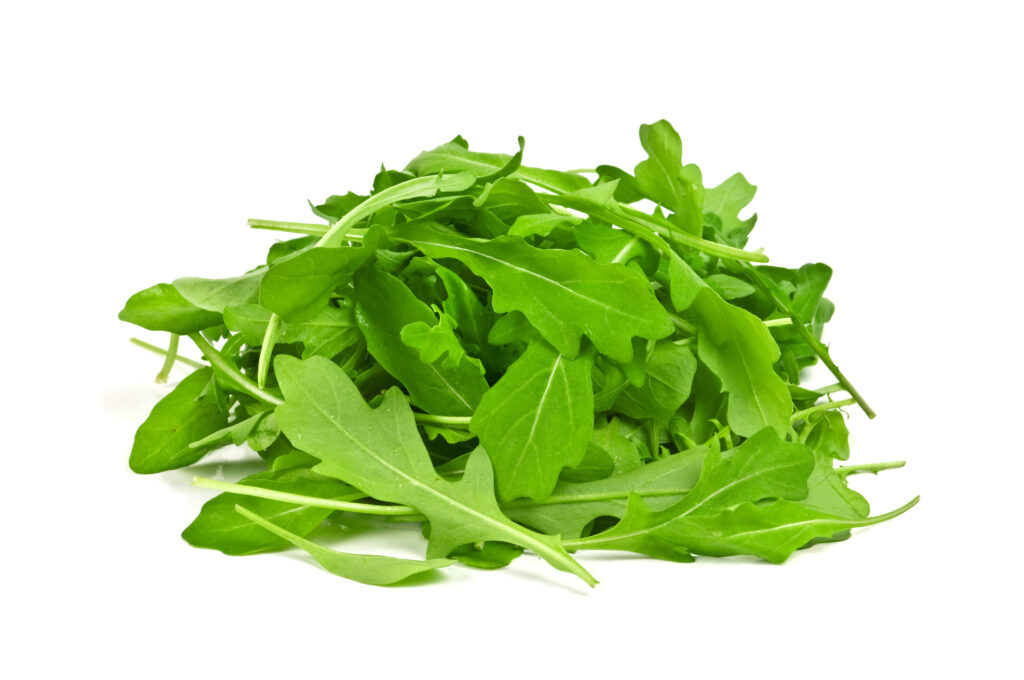
Nutrivore Score for Arugula – 2019
Arugula has a Nutrivore Score of 2019, making it a super nutrient-dense food! Plus, it is a low-carb and low-calorie-density food; amazingly the calorie count of arugula is just an astonishing 5 calories per cup!
Per serving, arugula is a best source (>50% daily value) of glucosinolates; is an excellent source (20-50% daily value) of carotenoids and vitamin K; and is a good source (10-20% daily value) of vitamin B9 (folate).
Ditch Diets. Embrace Nutrients. Start with this FREE Guide.
Sign up for the free Nutrivore Newsletter, your weekly, science-backed guide to improving health through nutrient-rich foods — without dieting harder —and get the Beginner’s Guide to Nutrivore delivered straight to your inbox!

Arugula Nutrition Facts
One serving of arugula is standardized to 2 cups of arugula, or about 40 grams (1.4 ounces).
Arugula Nutrition Facts Per Serving
| Arugula, raw | Nutrivore Score: 2019 | Nutrient Density: Super! |
|---|---|---|
| Serving Size: 2 cups (40 grams) | Protein: 1.0 grams | Net Carbohydrates: 0.8 grams |
| Calories: 10 | Total Fat: 0.3 grams | Dietary Fiber: 0.6 grams |
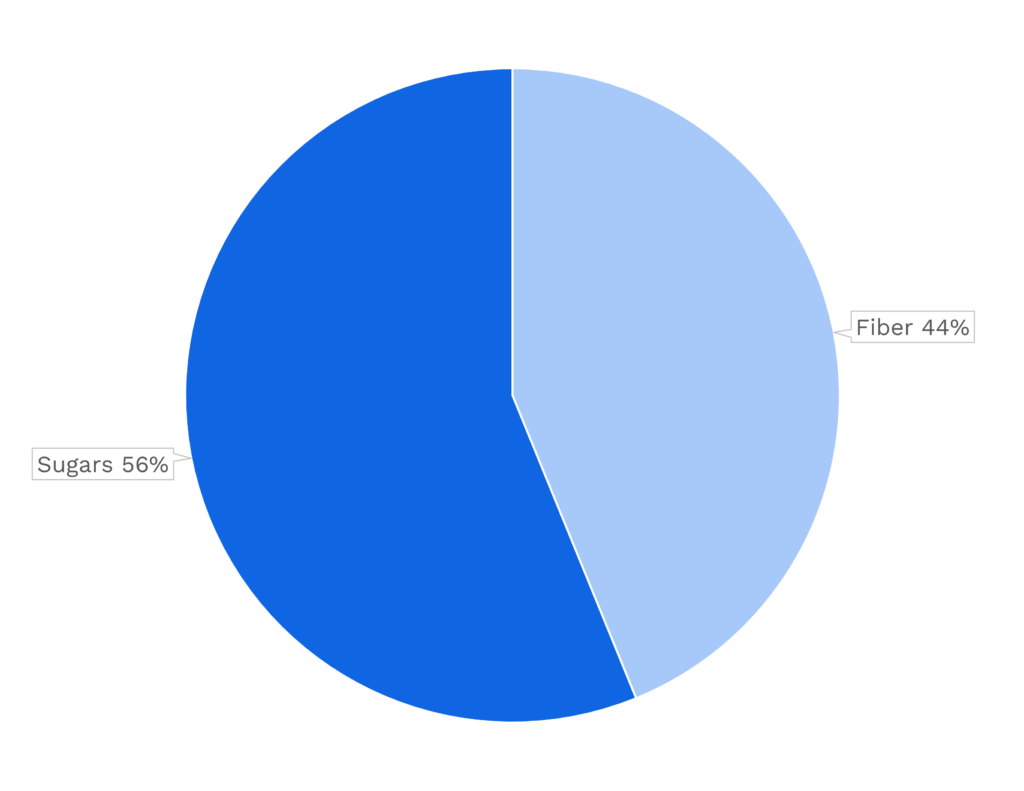

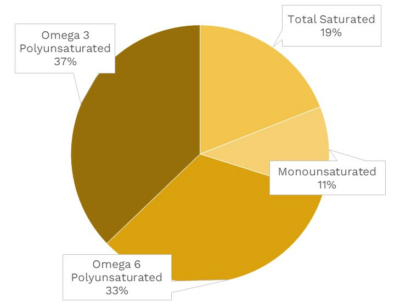
| VITAMINS | ||
|---|---|---|
| Vitamin A | 47.6 μg RAE | 5% DV |
| Vitamin B1 (Thiamin) | 17.6 μg | 1% DV |
| Vitamin B2 (Riboflavin) | 34.4 μg | 3% DV |
| Vitamin B3 (Niacin) | 0.1 mg | 1% DV |
| Vitamin B5 (Pantothenic Acid) | 0.2 mg | 3% DV |
| Vitamin B6 (Pyridoxine) | 29.2 μg | 2% DV |
| Vitamin B7 (Biotin) | ~ | ~ |
| Vitamin B9 (Folate) | 38.8 μg | 10% DV |
| Vitamin B12 (Cobalamin) | 0.0 μg | 0% DV |
| Vitamin C | 6.0 mg | 7% DV |
| Vitamin D (D2 + D3) | 0.0 μg | 0% DV |
| Vitamin E | 0.2 mg | 1% DV |
| Vitamin K | 43.4 μg | 36% DV |
| Choline | 6.1 mg | 1% DV |
| Myo-Inositol | ~ | ~ |
| CoQ10 | ~ | ~ |
| FUNCTIONAL FATS | ||
|---|---|---|
| MUFA | 0.0 g | 0% DV |
| ALA | 68.0 mg | 4% DV |
| EPA + DHA | 0.0 mg | 0% DV |
| CLA | ~ | ~ |
| Linoleic Acid | 0.1 g | 0% DV |
| MCT’s | 0.0 g | ~ |
| MINERALS | ||
|---|---|---|
| Calcium | 64.0 mg | 5% DV |
| Copper | 30.4 μg | 3% DV |
| Iodine | ~ | ~ |
| Iron | 0.6 mg | 3% DV |
| Magnesium | 18.8 mg | 4% DV |
| Manganese | 128.4 μg | 6% DV |
| Phosphorus | 20.8 mg | 2% DV |
| Potassium | 147.6 mg | 3% DV |
| Selenium | 0.1 μg | 0% DV |
| Sodium | 10.8 mg | 0% DV |
| Zinc | 0.2 mg | 2% DV |
| PHYTONUTRIENTS | ||
|---|---|---|
| Carotenoids | 1991.6 μg | ~ |
| Polyphenols | 54.6 mg | ~ |
| Phytosterols | ~ | ~ |
| Glucosinolates | 39.2 mg | ~ |
| Thiosulfinates | ~ | ~ |
| Betalains | ~ | ~ |
| AMINO ACIDS & PEPTIDES | ||
|---|---|---|
| Taurine | ~ | ~ |
| Ergothioneine | ~ | ~ |
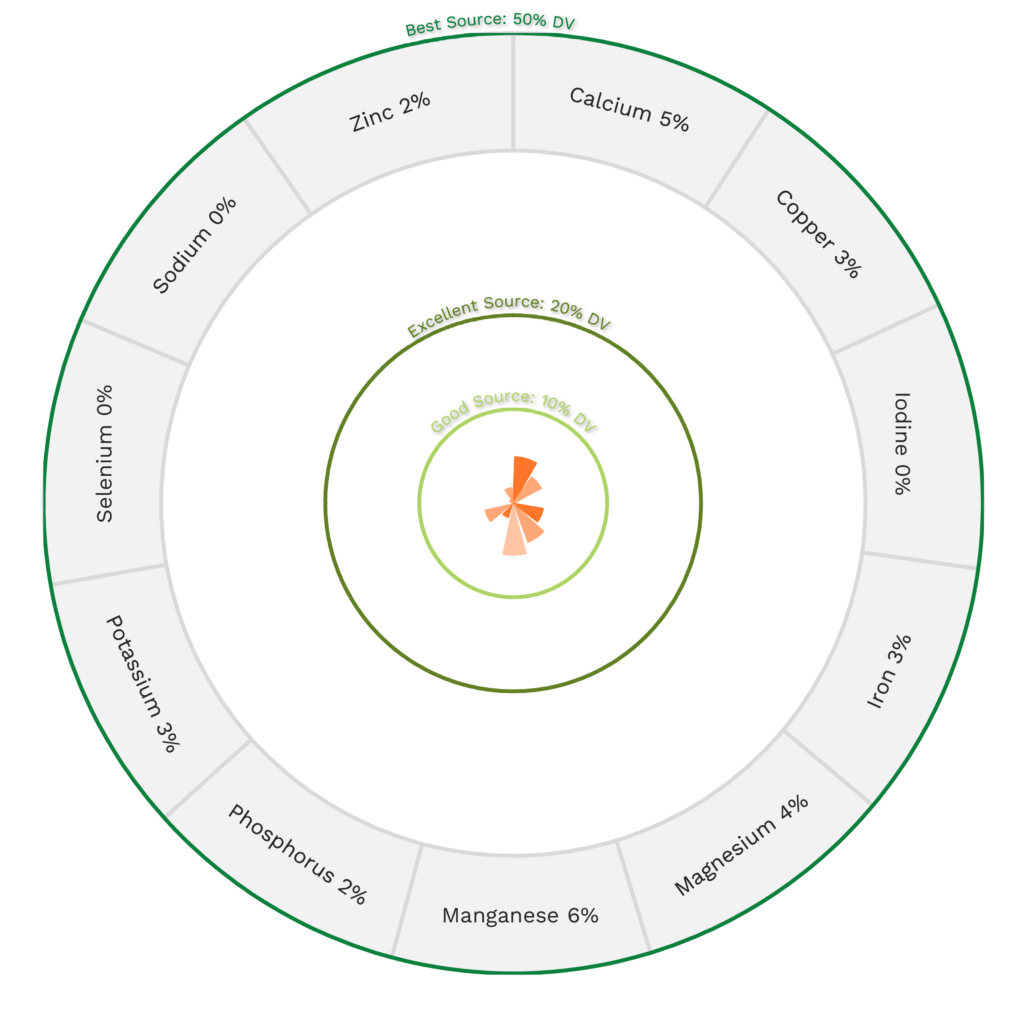
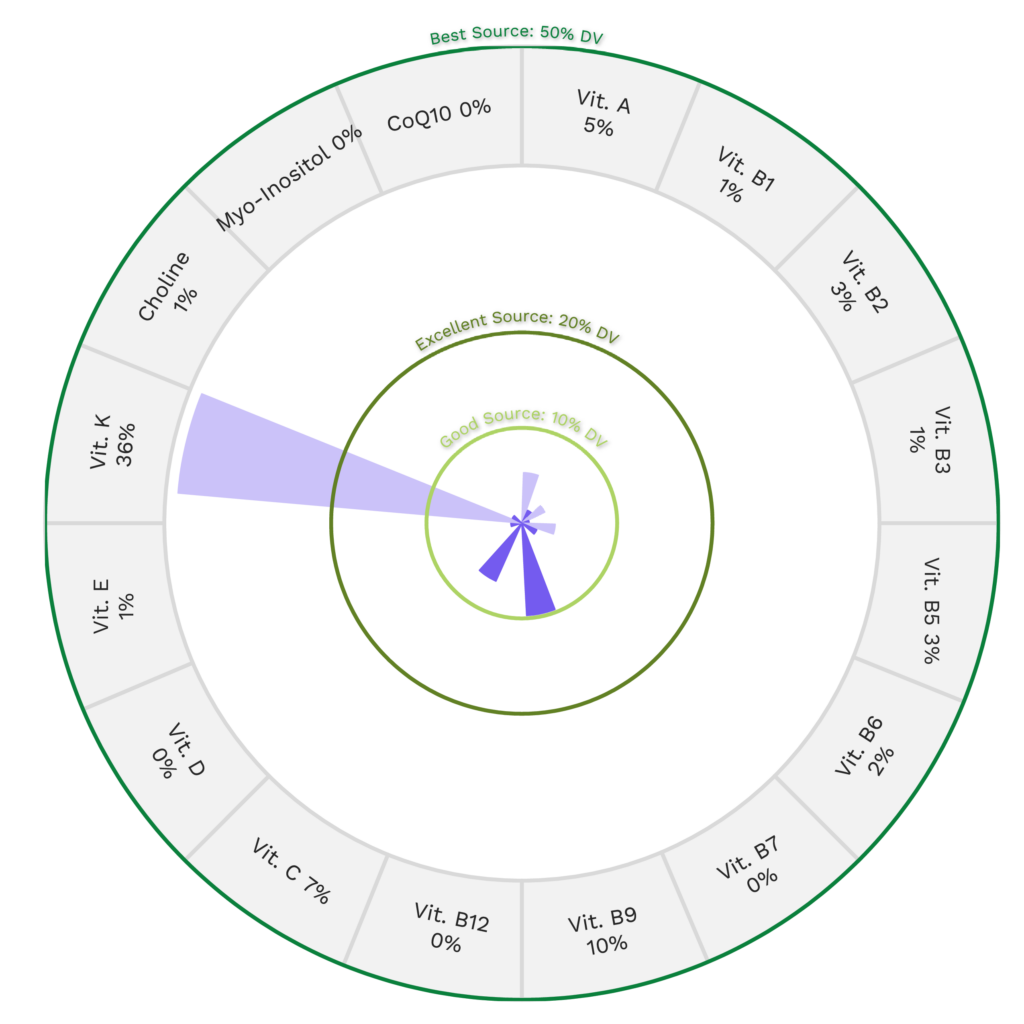

Think the nutrition in arugula is out of this world? Maybe your friends will too!
Health Benefits of Arugula Nutrients
Let’s take a closer look at all of the best and excellent source of nutrients found in a 2-cup serving of arugula and see how they benefit our health.
Arugula Provides 39.2 mg of Glucosinolates
Arugula is a fantastic source of glucosinolates, providing 39.2 mg glucosinolates per 2-cup serving!
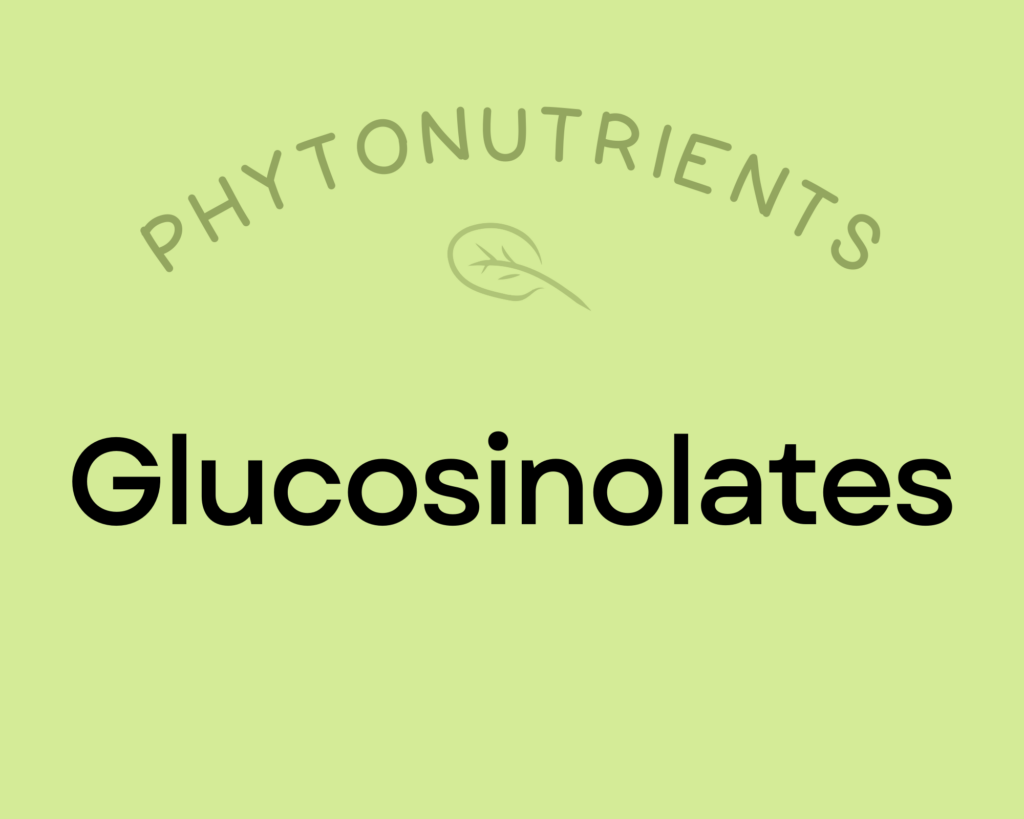
Glucosinolates are well-studied sulfur-containing compounds which break down into bioactive isothiocyanates and indoles when vegetables are damaged (via chewing, cutting, or other processing).
Isothiocyanates (like sulforaphane) are absolute rock stars as far as human health is concerned! Research spanning human epidemiology, animal models, and in vitro experiments show that dietary isothiocyanates are inversely associated with bladder cancer, lung cancer, colon cancer, breast cancer, and pancreatic cancer; some evidence also suggests they may be able to improve ventricular function following heart attacks.
Indoles also have powerful cancer prevention benefits through multiple mechanisms that include modulation of phases I and II detoxification enzymes, regulation of cell cycle arrest, control of cell growth, induction of apoptosis, antioxidant activity, anti-angiogenic effects, and epigenetic regulation. Indole-3-carbinol breaks down into 3,3′-Diindolylmethane (DIM), which is known for its anti-inflammatory, immune system modulating, cancer prevention and estrogen metabolism benefits.
Learn more about glucosinolates here.
Arugula Provides 36% DV Vitamin K
Arugula is an excellent source of vitamin K, providing 36% of the daily value per 2-cup serving!
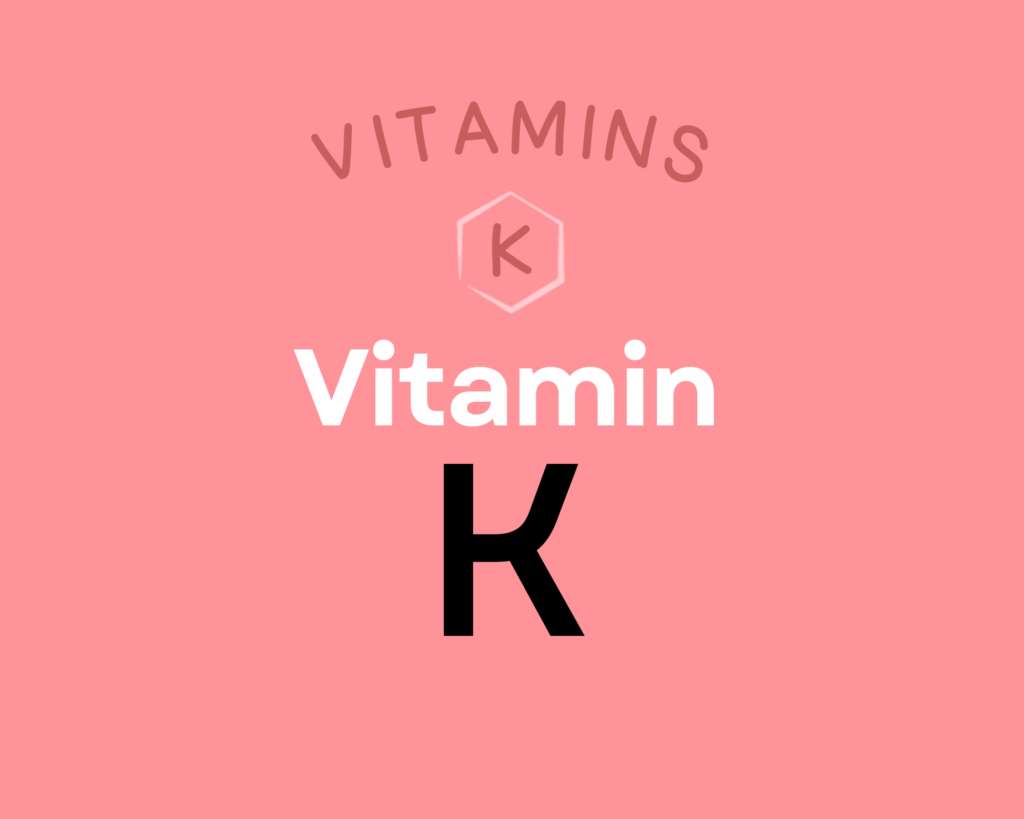
Vitamin K is actually a group of fat-soluble vitamins with a similar molecular structure, existing as K1, multiple isoforms of K2, and the synthetic form K3. This nutrient plays a vital role in coagulation, due to serving as a cofactor for proteins needed for blood clotting; it’s also essential for bone metabolism, cellular function, and the prevention of soft tissue calcification. Getting enough vitamin K2 can help protect against cardiovascular disease, may improve bone mineral density and skeletal health, and may even support endocrine function and brain health; there’s also some limited evidence it has anti-cancer and anti-inflammatory properties. Learn more about vitamin K here.
Arugula Provides 1991.6 μg of Carotenoids
Arugula is also an excellent source of carotenoids, providing 1991.6 μg carotenoids per 2-cup serving!
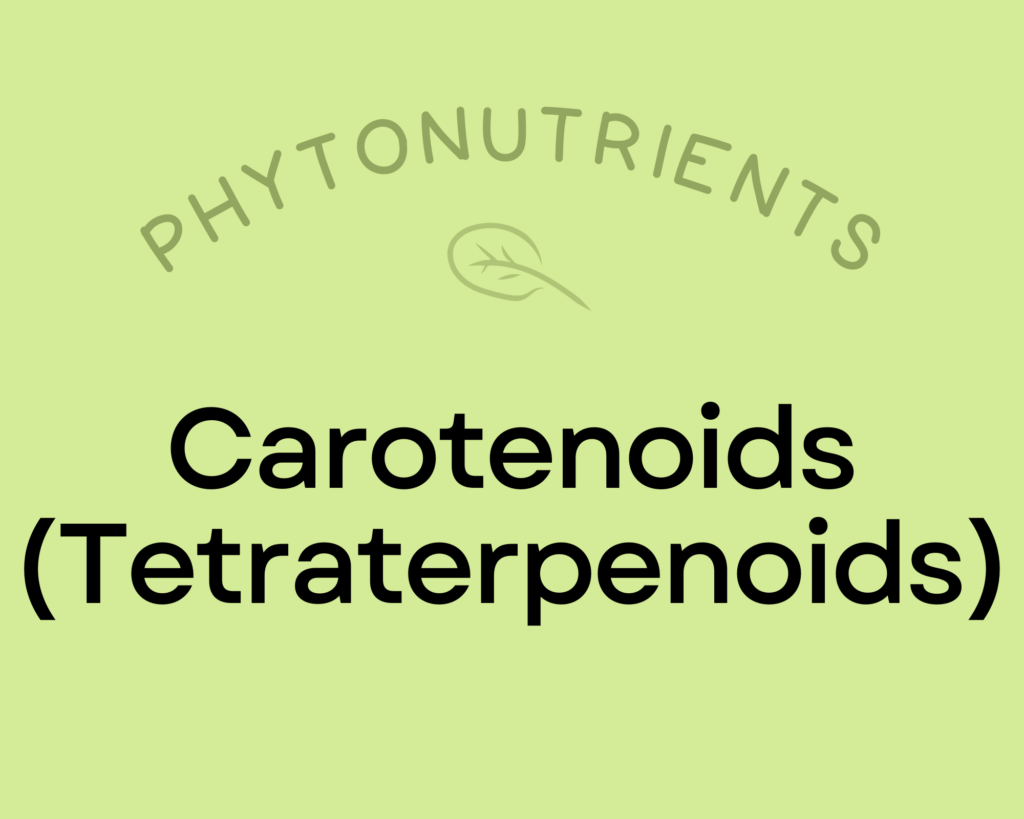
Carotenoids are a diverse group of phytonutrients that are responsible for giving fruits and vegetables vibrant red, orange, and yellow pigmentation. They were one of the earliest phytonutrients ever investigated by scientists (with research dating back to the 1800s!). Across studies, eating foods high in carotenoids appears to reduce the risk of head and neck cancers, supports vision health (particularly age-related eye diseases), may protect against metabolic syndrome and diabetes, and can reduce inflammation. Carotenoids have strong antioxidant properties, and help facilitate communication between cells by promoting the synthesis of connexin proteins, which create gap junctions in cell membranes that allow small molecules to be exchanged (which is part of how cells “talk” to each other!). Consuming carotenoids with fat significantly increases their absorption. Learn more about carotenoids here.
Learn What Foods Are the Best Sources of Every Nutrient

The Top 25 Foods for Every Nutrient
The Top 25 Foods for Every Nutrient e-book is a well-organized, easy-to-use, grocery store-friendly guide to help you choose foods that fit your needs of 43 important nutrients while creating a balanced nutrient-dense diet.
Get two “Top 25” food lists for each nutrient, plus you’ll find RDA charts for everyone, informative visuals, fun facts, serving sizes and the 58 foods that are Nutrient Super Stars!
Buy now for instant digital access.
How Much Arugula Should We Eat Per Day?
Leafy greens may come from a variety of different taxonomic families, but they all have one thing in common – when it comes to nutritional bang for calorie buck, they are hard to beat!
Every serving of fresh, whole vegetables or fruit we eat daily reduces the risk of all-cause mortality by 5% to 8%, with the greatest risk reduction seen when we consume five or more servings per day. In fact, consuming 800 grams of vegetables and fruits daily reduces all-cause mortality by 31% compared to eating less than 40 grams daily. A 2017 meta-analysis showed that 2.24 million deaths from cardiovascular disease, 660,000 deaths from cancer, and 7.8 million deaths from all causes could be avoided globally each year if everyone consumed 800 grams of veggies and fruits every day.
Eating vegetables and fruit in abundance lowers risk of cancer, cardiovascular disease, type 2 diabetes, obesity, chronic kidney disease, osteoporosis and bone fragility fractures (including hip fracture), cognitive impairment and dementia (including Alzheimer’s disease), neurodegenerative diseases, asthma, allergies, chronic obstructive pulmonary disease, age-related macular degeneration, cataracts, glaucoma, depression, ulcerative colitis and Crohn’s disease, rheumatoid arthritis, inflammatory polyarthritis, non-alcoholic fatty liver disease, acne, seborrheic dermatitis, and lowers markers of inflammation. Learn more in Importance of Vegetables and Fruit.
Covering half of your plate with a variety of vegetables (and three quarters of your plate if your starchy food is a root vegetable or winter squash) at each meal is a simple way to easily achieve the goal of 5 or more servings of vegetables daily.
One to two servings per day of leafy greens is a great target, but there doesn’t seem to be any downside to consuming way more than that!
Studies show that leafy greens (like arugula) offer a huge range of scientifically demonstrated health benefits. For instance, for every 1/3 cup of leafy greens you eat each day you reduce the risk of type 2 diabetes by 13%. Leafy green consumption has also been associated with a 40% lower risk of death from colorectal cancer in men, a 16% reduction in cardiovascular disease and slower cognitive decline in elderly adults. Amazingly, an average of only 1.3 servings per day was associated with the equivalent of being 11 years younger in cognitive age! Taking this all into account means that one to two servings per day of leafy greens (like arugula) is a great target, but there doesn’t seem to be any downside to consuming way more than that!
Studies also show that, for every 100 grams of cruciferous veggies (like arugula), we eat daily, all-cause mortality decreases by 24%!
Just remember, it’s always best to mix up the veggies you eat day to day (aiming for a wide variety of different vegetables and fruits throughout the week), and arugula definitely has a place at the table.
Easily track your servings of Nutrivore Foundational Foods!

The Nutrivore Weekly Serving Matrix
The Nutrivore Weekly Serving Matrix digital resource is an easy-to-use and flexible weekly checklist designed to help you maximize nutrient-density and meet serving suggestions of Nutrivore foundational foods, all without having to weigh or measure your foods!
Includes a 22-page instructional guide and downloadable interactive guides.
Buy now for instant digital access.
Citations
Expand to see all scientific references for this article.
Antonious GF, Turley E, Antonious A, Trivette T. Emerging technology for increasing glucosinolates in arugula and mustard greens. J Environ Sci Health B. 2017 Jul 3;52(7):466-469. doi: 10.1080/03601234.2017.1301757. Epub 2017 Mar 29. PMID: 28353414.
Phenol-Explorer: Arugula, raw
USDA Food Central Database: Arugula, raw


